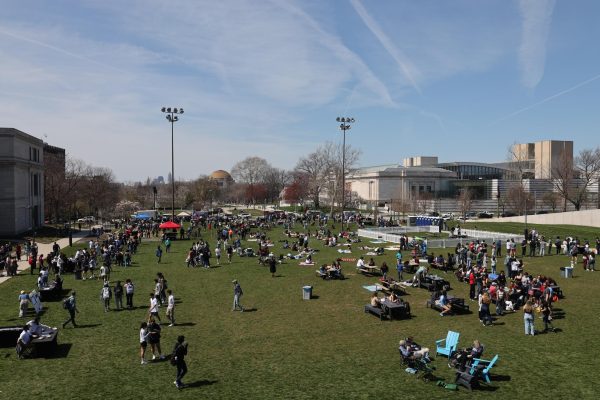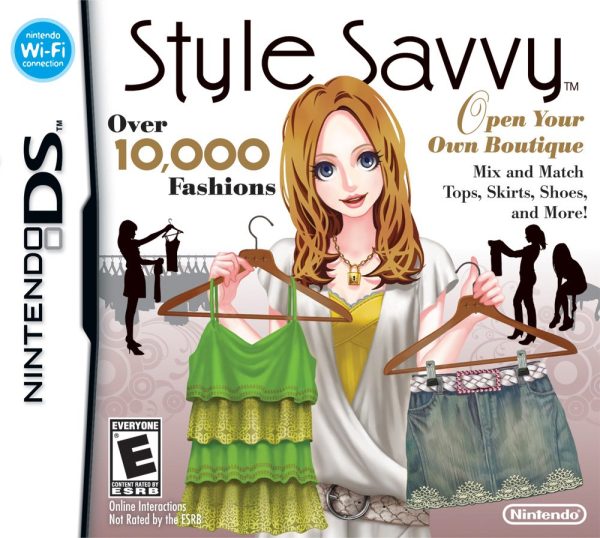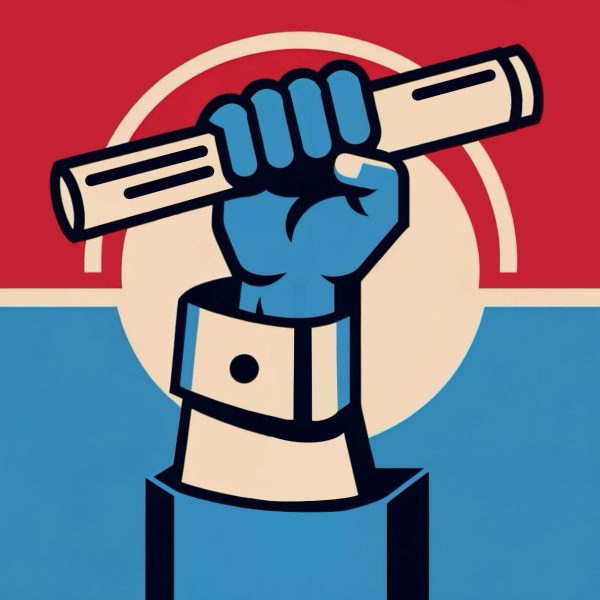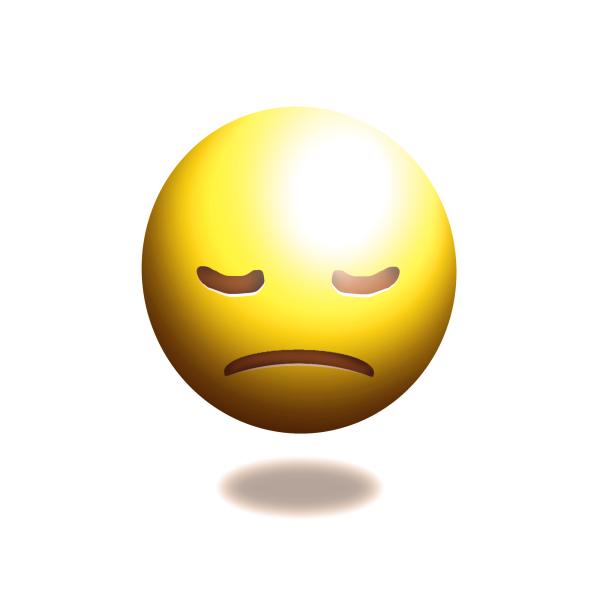Miles: 1936 and 2016: Not so different after all
December 2, 2016
The 2016 presidential election is behind us, and now that a few weeks have passed, the country will able to reflect and analyze what exactly just happened. If any word can describe this election cycle, it would probably be “chaotic,” and I have a feeling that historians decades from now will still be trying to figure out the pieces to the puzzle of a Donald Trump victory. The year itself was one to remember, but we ought to be careful of the hubris of the present; though it was a wild year, it wasn’t that unique. Other presidential elections have taken on similar tones throughout history. In particular, the election of 1936 offers parallels that provide some insight into the madness of modern American politics.
The early 20th century was a tumultuous time for the people of America. The 1930s in particular saw massive social upheaval as the country reeled from the Great Depression, and the world watched with bated breath as fascism swept across Europe. Americans were poor, hungry, scared and angry. They wanted powerful leaders who could bring back the country they loved, and after the failures of Republican administrations throughout the 1920s, it was the Democrats’ turn. Franklin D. Roosevelt won the election by a solid margin in 1932, and his New Deal policies are the stuff of history textbooks. By 1936, the country saw marked improvements in some areas, mainly from a few of the most enduring policies Roosevelt had enacted: Social Security and unemployment benefits.
These Progressive ideas were repugnant to Republicans of the era, who campaigned valiantly against them. The Republican presidential nominee, Governor Alfred M. Landon of Kansas, claimed that the policies of the New Deal hurt business and would drag the economy back into the Depression. He also accused Roosevelt of corruption and of amassing enough power to become a sort of tyrant.
It doesn’t take a historian to see the parallels between 1936 and 2016. Although the Great Recession of the late 2000s nowhere near matches the Great Depression in its widespread effects and global economic devastation, many Americans are still dealing with its repercussions. Global tensions are high, and the people of the country are anxious, much as they were 80 years ago. Yet America has given the Republicans the reins, after eight years of accusing President Barack Obama of being a tyrant and hurting business.
Irony aside, it’s interesting to note that the 1936 election saw Roosevelt secure reelection in one of the biggest landslide victories in American history, winning a higher popular vote percentage than any candidate other than Lyndon B. Johnson in 1964, with an electoral college victory of 523-8. But 80 years later, voters handed Trump a narrow victory over Hillary Clinton, a woman whose platform bears many resemblances to Roosevelt’s.
Most likely, the difference between then and now was the support the Democratic Party commanded from the poor and working class. Many were living in squalor and wanted change; Roosevelt had been giving it to them. Today, many people in similar situations also want change, yet they have forgotten or simply haven’t realized that removing these institutions put in place eighty years ago won’t make things better. In 1936 Americans realized that they needed help and that the government could give it to them. In 2016 Americans have rejected the government wholesale and displayed a desire to see it gutted.
History repeats itself, but I don’t want to see this country return to the world of the early 20th century. If the Democrats can remind voters of the message of progress, we can progress once more. Only time will tell what the next four years will bring, but all Americans have a thing or two to learn from this election before we can move forward.
Danny Miles is a third-year student who rather regrets not majoring in the arts. History is cool.

























